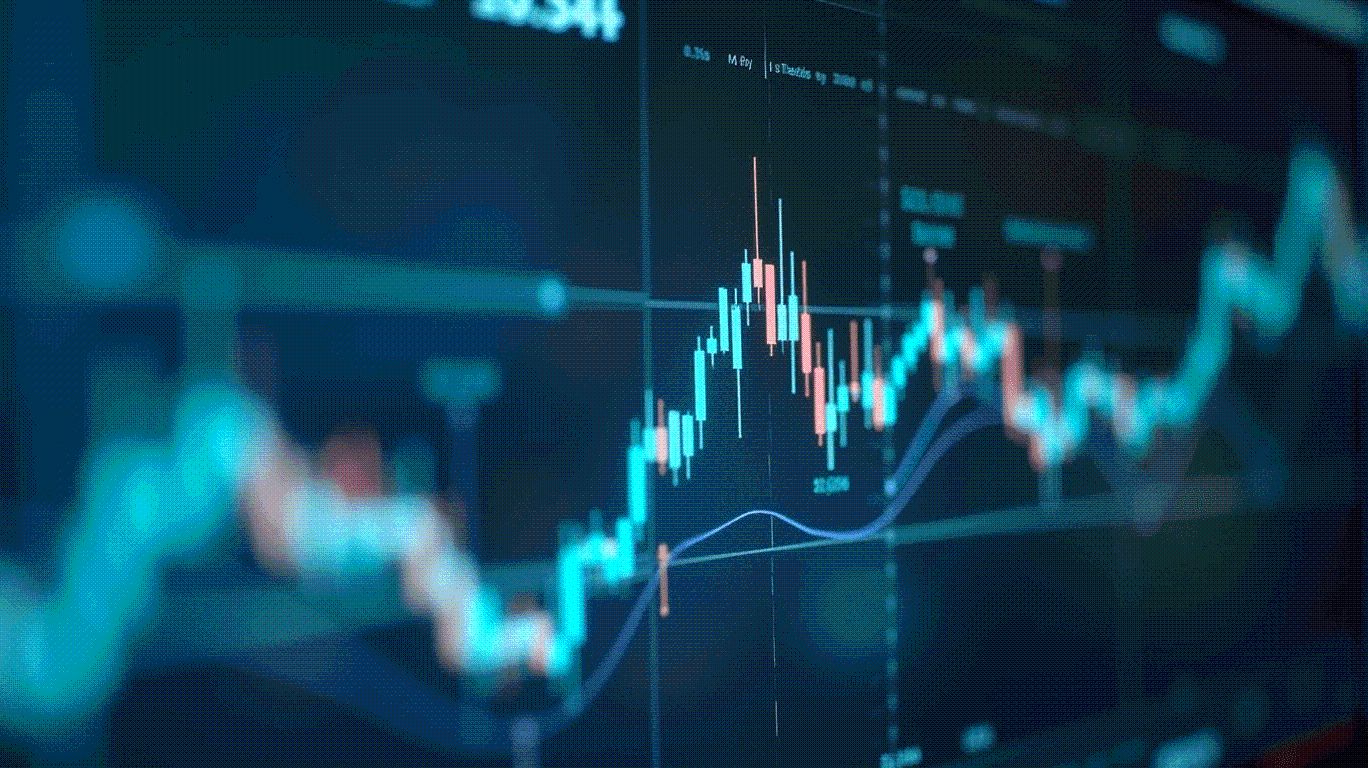Rare Earth Supply Chain Transformation: Investing in a Post-China Era
- MP Materials halted U.S. rare earth exports to China in 2025, triggering price surges and accelerating global supply chain diversification efforts. - U.S. government supports domestic producers with $400M investments and $110/kg price guarantees, aligning with Inflation Reduction Act and DPA funding. - Australia, Saudi Arabia, and Greenland emerge as key non-China suppliers, with projects securing 2M+ tons of rare earth reserves and end-to-end processing facilities. - Downstream magnet makers like Vulcan
The global rare earth supply chain is undergoing a seismic shift, driven by geopolitical tensions, U.S. policy interventions, and the strategic recalibration of critical mineral sourcing. At the center of this transformation is MP Materials, the U.S. rare earth miner that halted exports to China in 2025, triggering a cascade of market disruptions and catalyzing a race to diversify supply chains. This shift is not merely a short-term correction but a structural reordering of the rare earth landscape, creating compelling investment opportunities in non-China producers and downstream magnet makers with secure feedstock access.
The Catalyst: MP Materials' Export Halt and U.S. Policy Support
MP Materials, operator of the Mountain Pass mine in California, previously supplied 7–9% of China's neodymium-praseodymium (NdPr) oxide—a critical material for high-performance magnets in EVs, wind turbines, and defense systems. By halting exports to China, MP Materials created a supply void that pushed Chinese NdPr prices to 632,000 yuan per metric ton ($88 per kg) in August 2025, a 40% surge from July. The U.S. government's response—a $110 per kg price support for MP's NdPr production and a $400 million preferred stock investment—signals a strategic pivot to secure domestic processing and reduce reliance on Chinese supply chains.
This move aligns with broader U.S. industrial policies, including the Inflation Reduction Act and the CHIPS and Science Act, which prioritize reshoring critical mineral production. The Department of Defense's Defense Production Act (DPA) funding has further accelerated investments in rare earth separation, refining, and magnet manufacturing. For example, Texas is emerging as a hub for these activities, with companies like MP Materials and Lynas USA building end-to-end processing facilities.
The New Supply Chain: Non-China Producers and Secure Feedstock
The U.S. is no longer alone in its efforts to diversify rare earth supply chains. Countries like Australia, Brazil, Saudi Arabia, and Greenland are emerging as key players, supported by strategic partnerships and government incentives.
Australia: Home to Lynas Rare Earths, which operates the first non-Chinese commercial dysprosium oxide production facility in Malaysia. Lynas sources feedstock from the Mount Weld mine in Western Australia, which holds 2 million tons of rare earth oxides. The Australian government has allocated $1.25 billion to develop domestic refining capabilities, including Iluka Resources' Eneabba Rare Earths Refinery, expected to begin operations in 2026.
Brazil: Despite regulatory hurdles, Brazil's Serra Verde project is gaining traction as a source of both light and heavy rare earths. The U.S.-led Minerals Security Partnership has injected $815 million into Brazil's critical minerals sector, though bureaucratic delays remain a challenge.
Saudi Arabia: A 2025 partnership between MP Materials and Maaden (Saudi Arabian Mining Company) aims to build a mine-to-magnet supply chain, leveraging Saudi Arabia's Jabal Sayid deposit for heavy rare earths. This project, set to begin production in 2028, is backed by the country's Vision 2030 mining initiatives.
Greenland: The Tanbreez project by Critical Metals Corp. is set to deliver 10,000 metric tons of heavy rare earth concentrate annually to Ucore Rare Metals' Louisiana processing facility. This 10-year supply agreement, supported by a $120 million U.S. Export-Import Bank loan, underscores Greenland's geopolitical significance as a secure feedstock source.
Downstream Opportunities: Magnet Makers with Secure Feedstock
The shift in supply chains is creating a golden opportunity for downstream magnet manufacturers with access to secure, non-Chinese feedstock. Vulcan Elements, a U.S. producer of rare earth permanent magnets, has signed a Memorandum of Understanding (MOU) with Energy Fuels Inc. to source high-purity NdPr and dysprosium oxides from U.S. mines. These materials, refined at Energy Fuels' White Mesa Mill, will be used to produce magnets for defense systems, EVs, and AI infrastructure.
Similarly, Ucore Rare Metals is scaling its Louisiana processing facility, which will produce 7,500 tonnes of rare earth oxides annually by 2028. This facility, funded by the U.S. Department of Defense, is critical for enabling domestic magnet production and reducing reliance on Chinese processing.
Investment Thesis: Diversification and Resilience
The structural shift in rare earth supply chains is driven by three key factors: geopolitical risk mitigation, national security imperatives, and green technology demand. Investors should prioritize companies that:
- Control secure feedstock (e.g., Critical Metals , Energy Fuels).
- Have end-to-end processing capabilities (e.g., MP Materials, Lynas USA).
- Serve high-growth sectors like defense, EVs, and renewable energy (e.g., Vulcan Elements, Ucore Rare Metals).
While challenges remain—such as high capital costs and regulatory delays—the long-term outlook is bullish. The U.S. government's $439 million DPA investment in rare earth processing and the $9 billion in international partnerships (e.g., Saudi Arabia, Australia) signal a sustained commitment to reshaping the supply chain.
Conclusion: A New Era for Rare Earths
The rare earth industry is entering a post-China era, where diversification and resilience are paramount. MP Materials' export halt and U.S. policy support have accelerated this transition, creating a fertile ground for non-China producers and downstream magnet makers. For investors, the key is to identify companies that are not only securing feedstock but also building the infrastructure to process and manufacture critical materials domestically. As the global demand for rare earths surges—driven by EVs, AI, and defense modernization—those who act now will be well-positioned to capitalize on the next industrial revolution.
Disclaimer: The content of this article solely reflects the author's opinion and does not represent the platform in any capacity. This article is not intended to serve as a reference for making investment decisions.
You may also like
Hudbay Minerals' Resilient Recovery and Operational Continuity Post-Wildfire
- - Hudbay Minerals swiftly resumed operations after a 2025 Manitoba wildfire, demonstrating robust crisis management and infrastructure protection. - - The company maintained 95% of its Q3 2025 production guidance, reinforcing investor confidence through transparent, disciplined execution. - - HBM's stock showed below-industry volatility during the crisis, highlighting operational resilience as a key differentiator in climate-risk-prone mining sectors. - - The incident underscores the growing importance o

A detailed analysis of the AAVE V4 upgrade: Reshaping lending with modularity, can the old token see a new spring?
This V4 update may allow us to see its strong competitiveness in the DeFi sector in the future, as well as the underlying reasons for its continuously increasing business volume.

XRP News Today: SBI's XRP Bet Stands Strong Amid Blockchain Expansion Surge
- SBI Holdings reaffirms XRP's strategic role in cross-border payments despite new blockchain partnerships with Chainlink, Circle, and Startale. - Chainlink's CCIP and compliance tools enhance SBI's infrastructure, but XRP remains critical for live corridors like Japan-Philippines due to cost efficiency. - SBI's ventures include USDC adoption with Circle and RWA tokenization with Startale, aiming to merge traditional finance with DeFi for 24/7 trading. - XRP's $2.92 price resilience and $176B market cap re

Ethereum News Today: VersaBank Aims to Redefine Digital Banking with FDIC-Backed Tokenized Dollars
- VersaBank USA launches tokenized deposit pilot using USDVBs, FDIC-insured digital tokens backed by cash deposits. - Pilot tests thousands of low-value transactions on Algorand, Ethereum, and Stellar blockchains via proprietary platforms. - Bank seeks OCC non-objection to commercialize USDVBs, emphasizing compliance with BSA and OFAC regulations. - USDVBs differ from stablecoins by offering bank-issued interest and enhanced security through federal charter. - Program aims to establish VersaBank as a leade
